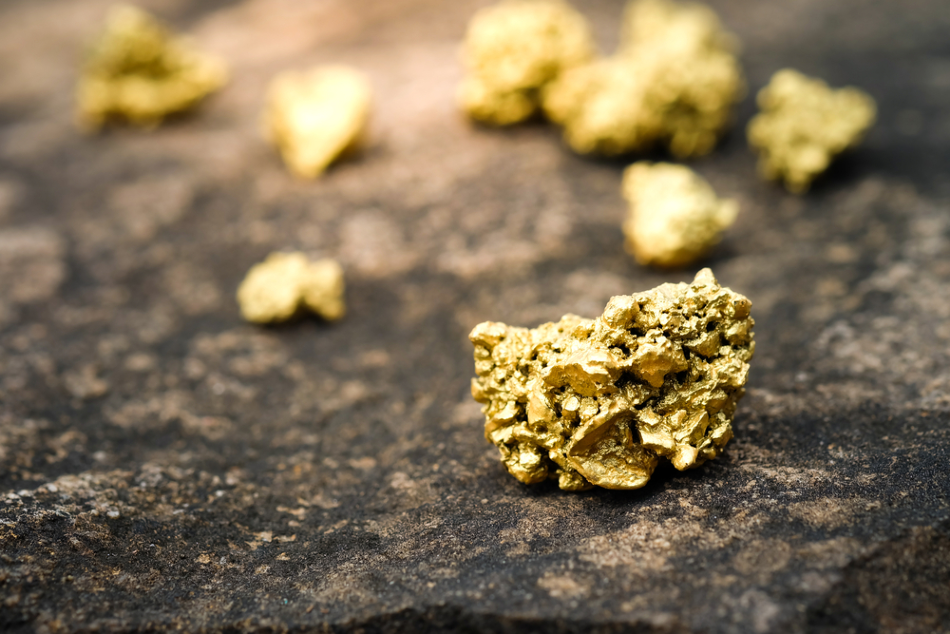Sep 30 2020
Kerr Mines, an emerging American gold producer, has provided an update on its resource expansion drilling program at its Copperstone gold project situated in Arizona, US.

Image Credit: Phawat/Shutterstock.com
Out of up to 20 drill holes, Kerr Mines is presently drilling the fourth for the surface drilling program with drill assays pending at present. All the four holes are, by design, focused on resource expansion with two holes drilled in the newly discovered Footwall zone with the remaining two in the formerly established Copperstone zone.
The two Copperstone zone holes are aiming at the gaps in previous drilling projects on the down-dip edge of the Copperstone orebody where neighboring gold grades are up to 32 g/t gold (Au).
The main focus of the surface drilling program is the additional extension of the established boundaries and boosting the current resource in both the Copperstone zone and the subparallel and underlying Footwall zone closer to the Copperstone zone, which earlier yielded more than 500,000 oz. of Au.
The main goal of the present drilling program is to increase the Footwall zone along strike and down dip making use of both surface Reverse Circulation (RC) and underground core drilling. Scheduled drill footage for the Footwall zone is 4,000 to 5,000 m with surface RC as well as underground core drilling.
The goal is to continue to build from drilling results that have formerly been successful in the parallel Footwall zone, which has shown comparable inclination, alteration, rock type, width, and grade intercepts as is observed in the Copperstone zone orebody.
In addition, about 50% of the planned meterage from surface RC drilling has been assigned to areas of the Copperstone zone, which cannot be accessed from present underground workings. The focus will focus on the areas of the C, B, and A zones which have never been drilled but are closer to historically fruitful locations of Indicated and Measured Resources.
After the surface RC drilling, the program will start its second phase of the 2020 exploration program and will begin working underground. The core program, drilling from the present underground workings, has assigned 4,000 to 5,000 m intended to intercept expansion and conversion targets in the Copperstone as well as parallel Footwall zones.
The 2020 drilling program, which is an extension of Kerr Mines’ 2019 resource expansion program, will continue to focus on expanding the resource, by way of bringing in new inferred gold resources and upgrading resources into higher indicated and measured categories, of both the Copperstone and Footwall Zones with about 8,000 to 10,000 m of underground core drilling as well as surface RC drilling.
The definitive goal would be to add the resources along all sections surrounding the whole current resource strike length of more than 1,500 m.
The parallel Footwall zone is situated about 150 m to the Southwest and directly underneath the ore-bearing Copperstone zone. In 2018, Kerr Mines had stated that the newly established Footwall zone has extents of 375 m of strike and 350 m of dip.
Drilling intervals formerly stated in 2018 and drilled from the surface via the Footwall Zone include:
- 3.4 m @ 7.9 g/ton Au (KER-17S-10)
- 36.6 m @ 7.5 g/ton Au (KER-17S-21)
- 4.6 m @ 13.2 g/ton Au (KER-17S-13)
- 4.3 m @ 6.8 g/ton Au (KER-17S-17)
On account of the newly completed $5 million bought deal financing which was increased because of strong investor demand, Kerr Mines is well-funded to finish both a surface and underground drilling program for purposes of resource expansion.
Upon completing this subsequent phase of drilling, Kerr Mines has planned to update its resource estimate, which will comprise positive drilling results from its 2019 drilling program.
Quality Assurance and Quality Control Statement
Procedures have been adopted to ensure Quality Assurance Quality Control (QAQC) of drill hole assaying being performed at an ISO Accredited assay laboratory. Drill hole samples, which are yet to be assayed, are safely stored for delivery, with chain of custody documentation via delivery.
Blank standards and mineralized commercial reference standards are inserted for every 20th sample in sequence and outcomes are assessed to establish acceptable limits for analytical difference. In addition, duplicate samples are being taken as an additional check in lab accuracy and precision. All results will be checked for consistency and corrective actions will be taken, if required.